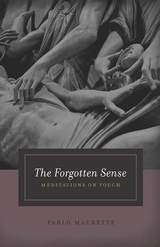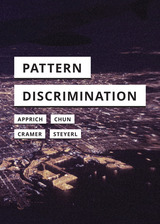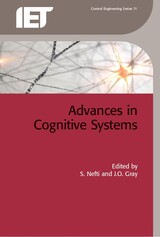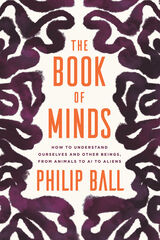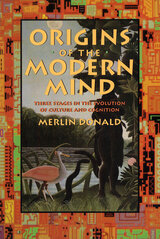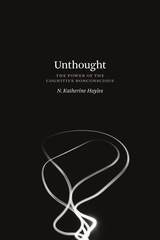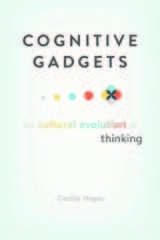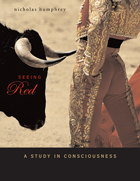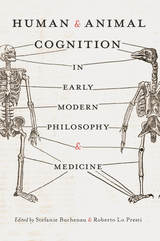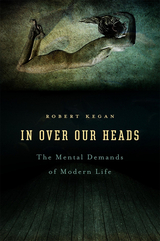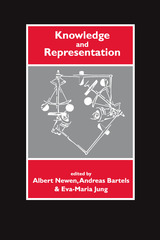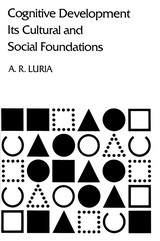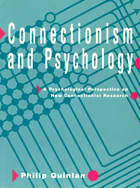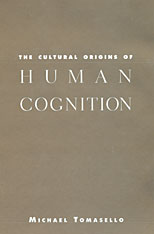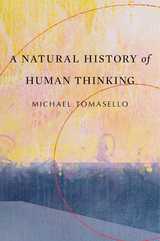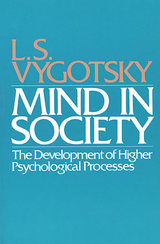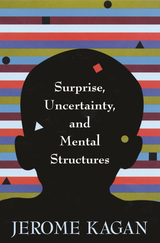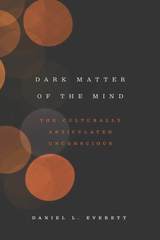Paper: 978-0-674-15616-6 | Cloth: 978-0-674-15615-9
Library of Congress Classification BF311.J58 1988
Dewey Decimal Classification 153
In a field choked with seemingly impenetrable jargon, Philip N. Johnson-Laird has done the impossible: written a book about how the mind works that requires no advance knowledge of artificial intelligence, neurophysiology, or psychology. The mind, he says, depends on the brain in the same way as the execution of a program of symbolic instructions depends on a computer, and can thus be understood by anyone willing to start with basic principles of computation and follow his step-by-step explanations.
The author begins with a brief account of the history of psychology and the birth of cognitive science after World War II. He then describes clearly and simply the nature of symbols and the theory of computation, and follows with sections devoted to current computational models of how the mind carries out all its major tasks, including visual perception, learning, memory, the planning and control of actions, deductive and inductive reasoning, and the formation of new concepts and new ideas. Other sections discuss human communication, meaning, the progress that has been made in enabling computers to understand natural language, and finally the difficult problems of the conscious and unconscious mind, free will, needs and emotions, and self-awareness. In an envoi, the author responds to the critics of cognitive science and defends the computational view of the mind as an alternative to traditional dualism: cognitive science integrates mind and matter within the same explanatory framework.
This first single-authored introduction to cognitive science will command the attention of students of cognitive science at all levels including psychologists, linguists, computer scientists, philosophers, and neuroscientists--as well as all readers curious about recent knowledge on how the mind works.
See other books on: Cognitive science | Computer | Human information processing | Johnson-Laird, Philip N. | Mind
See other titles from Harvard University Press


